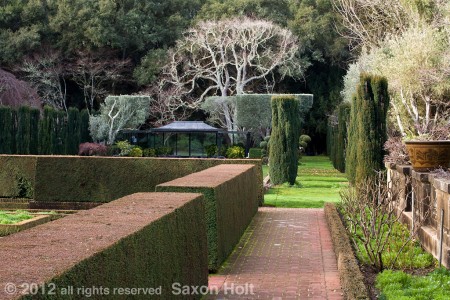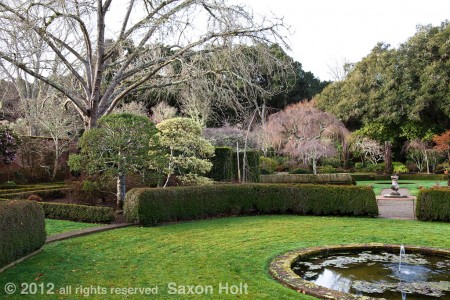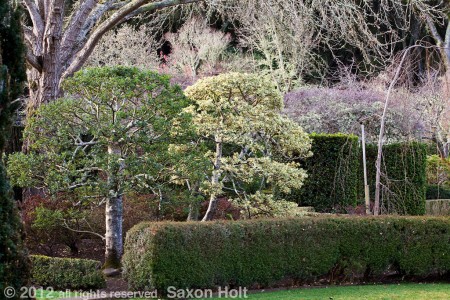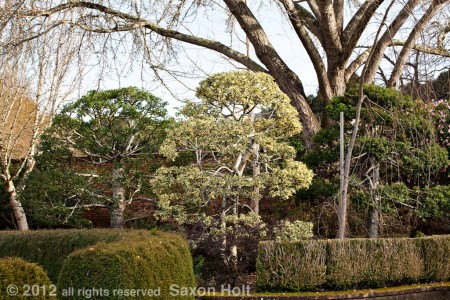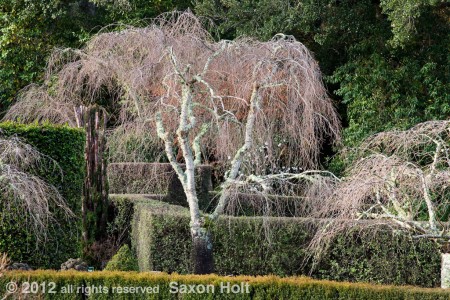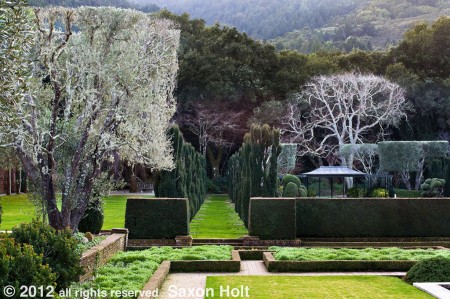Our loyal readers know “Picture This” has been a popular Gardening Gone Wild photo contest over the years, where we invite professional garden photographers to pick a theme and hand out awards. It has been a great way for readers to learn together and link their contest photo in their own blogs to the GGW community of garden photographers.
Well, the contest is a lot of work for us and our our guest photographers, so it needs to evolve. Rather than simply discontinue the fun, it will run occasionally with our in-house professional garden photographer – me. As I develop my e-book on garden photography I will post how-to lessons under the Picture This category, and invite anyone to post their own interpretation of the lesson on their own blog and link it to GGW, where I would urge each contestant to go and comment.
As a group each of the students will be able to learn from the collective critique and I will do my best to offer follow-up critique myself as time allows. This is a bit of an experiment as I decide what works and how students learn.
Lets start with a lesson from my syllabus in the chapter “Think Like a Gardener” > “Mood and Season”
In all my garden photography workshops I stress telling a story with your camera. Think about what you are seeing and how you can use the camera to communicate your particular understanding. What’s going on in the garden ? Think like a gardener.
All garden design experts will advise you to look carefully at your garden in winter, when the garden bones are bare. This is not simply to better visualize the hardscape, viewscapes, and proportions but to study your major plants, the trees, and shrubs.
For this lesson I am going to use the gardens at Filoli, in Woodside California; a classic formal estate garden far, far beyond the capacities of any garden any of us will ever have. On the register of National Historic Trust gardens it is acclaimed as one of the premier gardens in the world.
How can this possibly apply to taking pictures of our own gardens ? Well, this lesson in taking better garden photographs is ‘Thinking Like a Gardener’. We are looking at gardens in winter and thinking about planting structure. These lessons apply to gardens big and small, gardens we only see as armchair travelers or in modest backyards.
What most amazed me on a recent visit to Filoli were the beautifully pruned mature trees, shrubs, and hedges. It is in winter when we can really appreciate these plants and how they anchor the human design to the earth. The gardener must decide how to shape these plants to fit the unyielding hardscape. Without pruning and shaping, all proportions will be lost.
Any gardener who has had a garden for a decade or more knows the vital importance of pruning so if you’re looking for a good service that can prune your garden for you, follow that link. Imagine an old estate and the ongoing challenges of maintaining a formal design. Lucy Tolmach is the Head of Horticulture at Filoli and has worked there for 33 years. She has had to come to grips with English planting schemes that did not anticipate the remarkable growing conditions of California. As the gardener, she has had to think hard on the structure of the trees and shrubs so that they are shown to best advantage within the formal setting.
Take a look across the Wall Garden where the deciduous trees are silhoutted against the woodland beyond.
I croppped this photo to accent the panorama setting.
(Also by cropping I get rid of the green lawn, which may be typical in a Northern California winter, but for most of America winter is much more bleak.)
In deciding what pictures to take, to tell the story of pruning in a mature garden, I think about how Lucy must have directed the crew. Note the pair of English Hollies (Ilex aquifolium).
This photo carefully considers them in context of the overall garden and tells a profound story about how the gardener solved a problem of shrubs that can get too big.
Here is another view of this pair.
Note in both the holly photos I found a view through a small break in the hedge to reveal the trunk of one shrub all the way to the ground. Careful composition can be a matter of considering your point of view and moving the camera a matter of inches. Lens choice ( a short telephoto) also allows a good sense of proportion.
This next photo isolates the weeping cherry (Prunus subhirtella) across the garden. A longer telephoto lens compresses the various bare trees, adding to the complexity of the photo and accenting the compexity of the gardener’s task. This photo too has been cropped a bit from the original so I can fill the frame with the story.
This next photo isolates just one of the cherry trees, revealing its wonderful bare branches. Note all the other pruning that must take place to keep this view in control. Think like the gardener.
As we move to another part of the garden we can see even more complicated pruning considerations. The allée of Yew trees has had to be pruned severely to fit into scale with the rest of the garden and still reveal the axial views.
I love the way the olive tree in the foreground has been formally pruned to accent the geometry of the garden. This photo with the yew allée mirror the photo shown earlier in the post. Note the large deciduous locust tree in both.
Does this inspire the photographers among you to picture your own winter garden ? If you are simply overwhelmed I do understand. But if you now have an idea of how to tell a story from the gardener’s point of view, grab your camera. Pick a subject that will reveal the garden’s “winterness”, a feature or plant that can only be appreciated in winter, a story the gardener in you knows is special.
Send us a comment and provide a link to your blog and your interpretation of “Think Like a Gardener” > “Mood and Season” > Winter. Check out the links that our other readers provide. No awards, just learning.
Sometimes careful pruning leads to views that were not expected by the gardener. Recently Lucy pruned the large Camellia shrubs in the woodland understory of Filoli’s Wall Garden. Standing deep in them, there is now a view out to the garden to be found when you “Think Like a Camera”.



